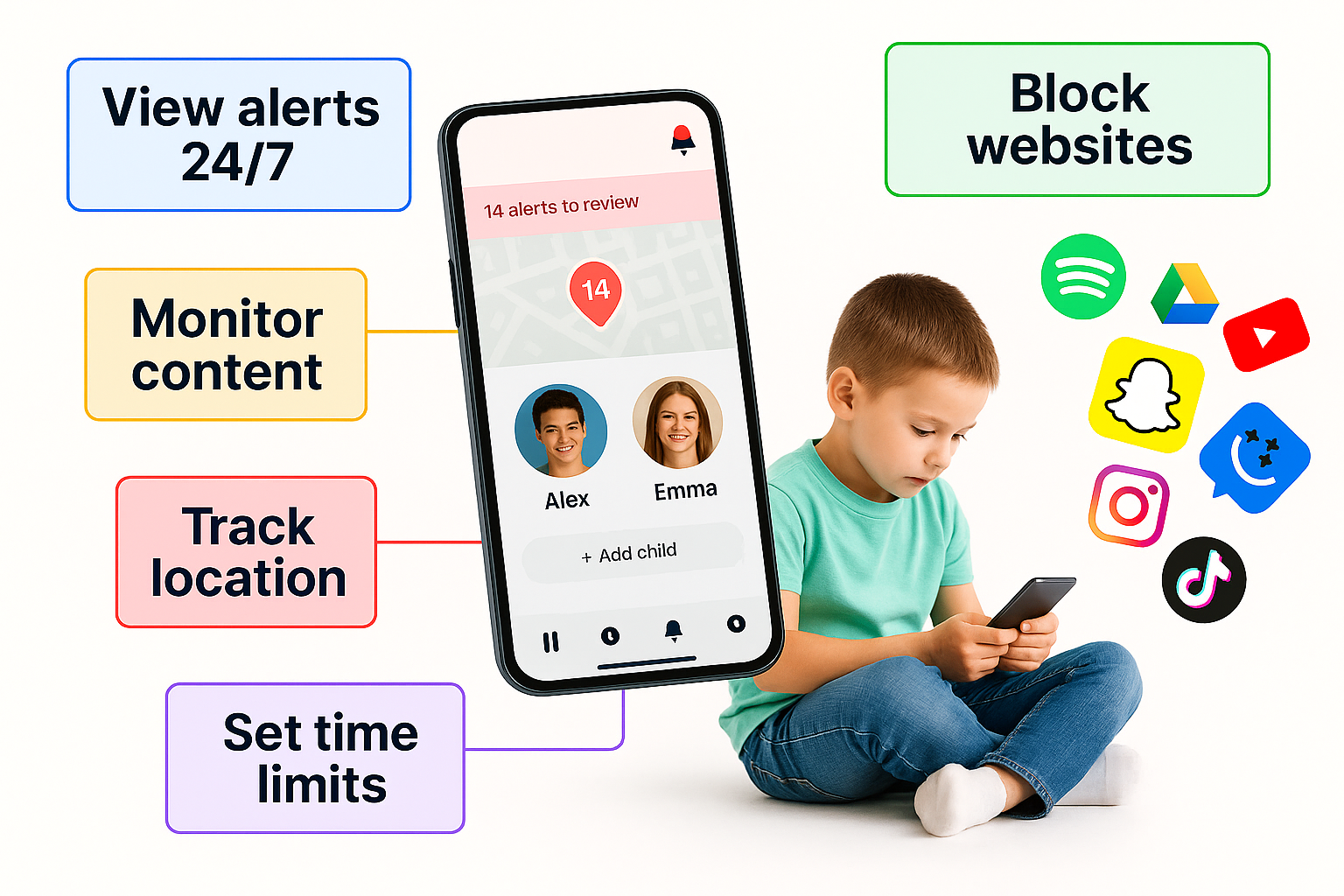🌍 “Disconnected to Reconnect”: How One Family Transformed Their Child’s Screen Habits
A Quiet Wake-Up Call
When 12-year-old Emma started middle school, her parents thought giving her a smartphone was a necessity. After all, every kid had one. It felt like the only way she could stay in touch after school or during soccer practice.
At first, things were fine — until they weren’t. Within months, her grades slipped, her sleep schedule collapsed, and dinner conversations became silent. Emma wasn’t being defiant; she was just... gone — lost in endless scrolling, likes, and notifications.
Her parents, like many, faced a modern dilemma: how do you give your child freedom without losing connection?
📉 When “Always Connected” Means Emotionally Disconnected
Recent surveys show that the average preteen spends more than 4.5 hours daily on screens outside of schoolwork, and nearly half of middle schoolers say they feel anxious when separated from their phone.
Psychologists even have a name for it — nomophobia, the fear of being without a mobile device.
But the deeper issue isn’t the screen itself — it’s what’s missing because of it:
- Face-to-face friendships decline
- Family communication drops
- Real-world hobbies fade
- Anxiety and comparison increase
Emma’s parents realized it wasn’t just about taking the phone away — it was about reshaping how she used it.
🔁 A Radical Change
So they decided on a weekend experiment: no smartphone, no social media — just a limited-function phone designed for kids. It allowed calls, texts, and GPS tracking, but nothing else.
The first day was rough. Emma complained of boredom. But by Sunday, something shifted — she rediscovered her sketchbook. She spent hours drawing and, surprisingly, asked to invite her friends over “in real life.”
Within a month, she was sleeping better, laughing more, and even helping her younger brother with homework.
💡 What This Story Teaches Us
Emma’s story isn’t unique. Thousands of families are making similar choices every day — not as punishment, but as a reset. Experts call it digital realignment: helping kids use technology intentionally instead of automatically.
Here’s what’s working for many families:
- Switching to purpose-built devices — like a call-and-text-only kids phone.
- Creating tech-free zones — bedrooms, meals, and car rides.
- Using digital contracts — setting expectations together, not enforcing rules unilaterally.
- Celebrating progress — not perfection.
These steps aren’t anti-technology — they’re pro-balance.
🌱 The Ripple Effect
Once Emma’s parents saw how her mood and grades improved, they made one more surprising change — they started limiting their own screen time, too. The whole family began going on evening walks, cooking together, and journaling.
The irony? Reducing digital time made them feel more connected than ever.
If there’s one takeaway from stories like Emma’s, it’s that kids don’t need the latest tech — they need guidance, structure, and tools that support healthy habits. A starter phone with no internet or a parent-approved device with GPS can do more for a child’s confidence than any social media app ever could.
Let’s help kids grow up in a world where phones connect — not consume.

